Who gets critiqued? Who gets mocked? Who escapes ridicule?
"10 Movies, 10 Stories of Whiteness" Issue Three: Dangerous Minds and the various paths to White salvation
Welcome to the third edition of the “10 Movies, 10 Stories of Whiteness” series. You can find previous essays in the series here (and a reminder about what this is all about here). I considered putting this one behind a partial paywall (for various reasons, including that it includes a short section that might also show up in my book), but I decided that two paywalled issues in a row felt like a little much.
With that said, free content isn’t really free, so if you appreciate this series or The White Pages more generally, now would be a very cool time to subscribe. I’m coming up on the one-year anniversary of The White Pages becoming a reader-supported concern, which means that new subscribers who jump on now can help carry some of the weight for folks who subscribed last year but have to duck out for financial reasons. Plus, the perks are still the best— a truly lovely community of subscribers and, if you’re into it… stickers and/or merch. Not bad.
As for this series: we’ve got two terrific guest essays (also free and unpaywalled) coming up over the next two weeks. “Pretty in Pink” and “Gone With The Wind.” I’m seriously so amped.
Let’s start with that music video.
It begins with a POV shot of a woman in a leather jacket striding down a poorly lit hallway. Maybe it’s a school hallway? It looks like there are some lockers, at least. But why would a dude be lifting weights in the middle of a school hallway? And why do all the other dudes (the dude wearing sunglasses indoors, the dude walking in and out of the frame for no reason, the dude leaning hard against the drinking fountain) look like they’re at least 30? Does it matter that all the dudes are Black dudes? Of course that matters. But why?
Whatever’s going on, it doesn’t take long before we learn that the leather jacketed figure is none other than Academy Award Nominee Michelle Pfeiffer. She doesn’t care who’s in this hallway, nor what that drinking fountain ever did to offend them. She looks extremely tough and unperturbed, which is to say that she wears dark eyeshadow and a scowl. Wherever “here” is, she’s here for one reason and one reason alone: to pull up a chair in front of the late Los Angeles rapper Coolio, stare him dead in the eye, and ask “you want to tell me what this is all about?”
As it turns out, Coolio very much wants to tell Michelle Pfeiffer what this is all about. He’d like to do so for approximately four minutes, and he’d like to be backed by an iconic Stevie Wonder synth sample, thank you very much. He’d also like to occasionally blow smoke clouds and gesture with a candle while helping Michelle Pfeiffer understand that it’s not that complicated: he grew up poor and Black in a neighborhood with a lot of other poor Black people, and it was really tough and heartbreaking. It’s not immediately clear why he and Michelle Pfeiffer keep staring each other down as if they’re about to fight. The song isn’t meant to be intimidating. It’s meant to be plaintive and elegiac. Its refrain— sung by the Gospel-trained R&B singer L.V.— is a literal lament.
Why are we, so blind to see?
That the ones we hurt, are you and me
“Gangsta’s Paradise” was a neutron-bomb-sized hit in 1995. It was certified triple platinum and went number one in sixteen different countries. No disrespect to Dangerous Minds— the Pfeiffer-starring film whose soundtrack “Gangsta’s Paradise” anchored— but there’s no question which form of media had a larger cultural footprint. Dangerous Minds had a solid theatrical run. It would eventually become the eleventh highest grossing film of 1995. But Dangerous Minds was just another movie. “Gangsta’s Paradise” was inescapable.
The song and film would be interesting companion pieces even if they weren't commercially tethered to one another. One is the product of Black musicians attempting to tell their own story, only to have White America suddenly perk up our ears. The other is the product of White America telling a story that’s ostensibly about Blackness and Brownness but is, of course, still about us. It matters that both were— to varying degrees— commercially successful. But it also matters how and why neither were ever taken fully seriously.
I can’t remember a time when Dangerous Minds wasn’t a punchline. The film— based on a memoir by a nice White teacher lady named LouAnne Johnson— may have done just fine for itself at the box-office, but it was immediately lambasted by critics for being too saccharine and one-dimensional. Its premise was so hackneyed that even Beavis and Butthead— the 1990’s favorite animated doofuses— got their licks in (per Beavis: “they always have movies like that, where there’s this teacher, and they’re like all good, and everybody like stops being a gansgsta, and they get good grades and go to college”). He’s not wrong, you know. They do always have movies like that.
By the time I graduated college and followed Johnson’s young-White-teacher-in-a-poor-Black-and-Brown-school footsteps into a classroom of my own, my peers and I were self-aware enough to mock the movie’s obvious tropes. Thank God for Dangerous Minds and its ilk. If Pfeiffer-as-Johnson hadn’t been around to ridicule, we might have had to grapple more seriously with our own saviorism. But instead we were comforted by our trenchant, liberal arts-trained ability to critique soapy Hollywood melodramas. How did I find my way to the Navajo reservation, and for what purpose? You know, that’s a hard question. Say, let me tell you about the scene where Michelle Pfeiffer earns her kids’ respect by teaching them karate. Or better yet, the one where she finally reaches them through the power of Bob Dylan lyrics. Now that’s a White savior.
In my defense, there’s a lot of unintentional comedy in Dangerous Minds. And that’s a shame, because there are no shortage of morally complicated stories waiting right outside the frame. There’s Johnson’s own biography— she was a former Marine who escaped an abusive marriage, a White woman who found professional success coupling the masculine bravado of her previous career to a traditionally feminine field. There’s the movie’s un-remarked-upon setting— a mostly White Silicon Valley school where kids from redlined towns like East Palo Alto were bused in but warehoused in remedial classrooms. There’s the broader existential question of those two communities— does one necessitate the other? Do we get the Internet and iPhone without the apartheid? And then there’s the broader shadow of Stanford lurking a few miles away. Who benefits from highlighting a feel-good story of a single teacher who loved her students in a town, state and country shaped by a university whose founding President and education school dean were both White supremacist eugenicists?
Why are we, so blind to see?
That the ones we hurt, are you and me
It’s not really blindness, though, is it? It’s a matter of which questions we’re willing to ask ourselves and which ones we’d like to avoid. Sure, Dangerous Minds fails because it ignores big structural “how did we get here?” concerns and instead accepts that Black and Brown kids are bad at school because they haven’t yet met the One White Teacher Who Cares Enough To Teach Them About Bob Dylan.
But how is that at all different from my own relationship to the film? What questions do I choose to ignore when I fire off a self-satisfied take-down of this or that White Savior film? Why am I not more curious, for example, about the fact that the most frequently mocked White Savior films of my lifetime— Dangerous Minds, Freedom Writers, The Help, The Blind Side— are all derided for their depiction of a White woman in a caring, pseudo-maternal role? What do I make of the fact that when a White man shows up in a White Savior narrative, not only are they less likely to be mocked, but they get to be in a position of power— they’re a boss, a lawyer, a violent protector? They get to kill the damn mockingbird. Does it bother me that White men like Leland Stanford won the West and cleared out the Ohlone and set the table for Chinese Exclusion and Black and Brown ghettoization and yet its Louanne Johnson who is left holding our collective judgmental bill? Why do I save all my mockery for the White Savior Lady who cares in a hamfisted way, rather than for the men who get away with not caring at all?
Speaking of hamfisted, let’s talk about the opening scene of Dangerous Minds.
The first thing you hear is “Gangsta’s Paradise,” which was added late in production (apparently test audiences hated the movie much less after the song was added). The camera pans over a black and white landscape of exaggerated urban despair. There are piles of trash and graffiti on every surface. Homeless people push carts up and down the street. A softball-sized baggie of drugs is passed from pusher to consumer in the most deliberately visible manner possible. Meanwhile, Black and Brown teenagers jostle and shove their way onto a flat-fronted school bus that— with its trademark yellow paint job washed out for effect— looks ominously like a prison transport. It is only when the bus passes into a leafy, affluent, White neighborhood that the film shifts to color. The tornado is over. Welcome to Oz.
Back when I was a White teacher who youhavetounderstandwasdefinitelynotaWhitesaviorteacher, I could tell you everything that was wrong with that scene. But I’d also walk out the front door of Crownpoint Elementary School and see an old chicken shack, long since abandoned and covered with graffiti. I’d walk by clumps of stoned teenagers, some of whom I knew (because I taught their little brothers and sisters) had gotten bored with weed and had started messing with harder drugs. I’d walk to my house, whose door would sometimes swing open involuntarily in the high desert wind, knowing that before long there’d be a knock or two or three from strangers who needed money and were hoping that I hadn’t run out of my full supply of White guilt for the day.
I would process all these reminders that this town— which, in my more self-conscious moments, I’d argue should not be defined by its challenges— sure as hell had a lot of challenges. I’d do so after a day when I may or may not have done a decent job of teaching long division in a school where I was just one more in a long line of White teachers from somewhere else. And on days like that, as much as I wouldn't want to admit it, I’d get the appeal of that opening scene. Oh man, would I ever get it.
What’s secretly so honest about that Dangerous Minds scene is that— when you live in a place that is at the crap end of one of America’s many funnels of oppression— there are many moments that are almost cinematically bleak. Driving to Albuquerque and parking in a neighborhood with coffee shops and craft beer bars really did feel like shifting from black and white into hypercolor. And I’d hate how that was the case, and I’d hate all the ways I was implicated in that being the case. I wanted to believe in an asset-based story of the town that had welcomed me in. I wanted to be a partner in decolonization, or something equally beyond reproach. I wanted to not just be another White savior. But I also wanted any quick fix that would keep me from feeling like a failure in the meantime.
Coolio never expected “Gangsta’s Paradise” to resonate with White audiences. It was too hard, too rooted in his actual experience growing up in South Central L.A. Coolio was an honor roll student who would eventually fall into crack addiction and a life of crime. Much of his existence was a living counterpoint to the central thesis of the movie that would help make him famous. “As I walk through the valley of the shadow of death/I take a look at my life and realize there's nothin' left” etc. etc. etc. These were the kind of truths that White America wanted to ignore. This was not a lighthearted chart topper.
He was wrong, of course. He was wrong three million times over. There are plenty of theories as to why he was wrong, all of them partially true. It may have been because “Gangsta’s Paradise” was released in a post The Chronic America, one where Dr. Dre and Snoop Dogg had already made hard-nosed street fables palatable to suburban White audiences. It may have been because its music video featured a famous White movie star. It may have been because its backing track is lifted verbatim from Songs In The Key Of Life and Stevie Wonder knew what the hell he was doing.
But at least part of why “Gangsta’s Paradise” became a massive hit— far surpassing the legacy of its companion film— was because of two separate music videos, each of which taught White audiences how to properly respond to Coolio’s message without feeling personally implicated. The first, of course, was its own video, the one where Michelle Pfeiffer is so aggressively committed to really hearing what Coolio has to say. In the anti-racist parlance of our day, she is listening and learning. Oh buddy, is she ever listening and learning. Intensely so. Hilariously so. At one point she even tosses her chair aside dramatically. Great job, Michelle Pfeiffer. You’re taking it all in. You’re not running away. Your face is filled with both gritty determination and constipated Christian concern. You’re doing the work.
Not for nothing, but back when I was a nonprofit manager, a colleague of color once told me that the reason why nobody wanted to give me feedback wasn’t because I would take it defensively, but because watching me self-flagellate and over-apologize and generally make a whole show of my intense sorry-ness was really exhausting.
Speaking of accounting for past mistakes, I apologize for some imprecision up above. The second music video that shaped how White America reacted to “Gangsta’s Paradise” didn’t really teach us anything new, it just gave us permission to take the next step we were always going to take anyway. It let us hear Coolio’s sorrowful lament and laugh in his face. That video isn’t by Coolio; it’s by the parody singer “Weird Al” Yankovic. It’s called “Amish Paradise” and you are either already incredibly familiar with it or you don’t need me to explain it to you. The joke is that Black rappers are tough and mean and the Amish are silly and old-fashioned. In the video, “Weird Al” gets to dress up both in an old-order Anabaptist beard and Coolio-style braids. He is living in neither a Gangsta’s nor an Amish Paradise, you see. It’s funny. You can laugh now.
“Gangsta’s Paradise” may be dead serious. Coolio may very well have felt that the lyrics to the song were divinely inspired. But like the film it soundtracked, I can’t remember a world where “Gangsta’s Paradise” wasn’t a punchline. Especially during its hey-day, I remember White people twisting their hair into serpentine braids and performing it at talent shows. I’ve heard drunk White guys bring down the house with it at karaoke night. The joke is that the rapper guy sounds so sad and earnest, but also his name is Coolio and he has iconoclastic hair. He enunciates really crisply, which is funny for some reason. It doesn’t matter what hard realities he’s lamenting. If we can laugh at him, that means it’s not really our problem.
Why are we, so blind to see?
That the ones we hurt, are you and me
The not-so-secret thing about White saviors is that— putting aside the morality of trying to “save” anybody— the only person we’re actually interested in saving is ourselves. But as far as sins go, that one’s not particularly unique. How different is it from the sin of the White male master of the universe, who seeks freedom through control and social engineering? How different is it from the critical-theory-pilled cynic, or the self-deprecating goofball, or the “just asking questions” nihilist? How much distance is there between the White person whose sin is the clumsiness with which they care and the White person whose pose is to pretend that they don’t care at all?
It’s never actually been about blindness. It’s always been about the various directions in which we cast our gazes when we can’t bear to see what’s right in front of our face.
At the end of Dangerous Minds, the nice White teacher lady is showered with pleas from her adoring Black and Brown students. Don’t leave, they say. You’re the only one who ever cared about us, they add. Both her and their problems have disappeared. All she had to do was care.
Meanwhile, at the end of the “Gangsta’s Paradise” video, the White actress walks back down the same hallway that she entered just a few minutes previously. It’s empty now, and better lit. It’s clearly a school hallway. She put in her listening and learning time, and now she gets a clear path to the exit. For all intents and purposes, she receives the same reward as her fictional counterpart, but without all the work. She just needed to perform contrition without flinching.
It’s all the same pose: Making sure everybody sees you caring. Making sure that everybody sees how little you care. Making sure that the visible care-ers are sufifciently mocked. It’s all towards the same goal. White saviors of various stripes delivering themselves to salvation, again and again and again. “The ones we hurt” are just collateral damage as we push and shove our way to the exits.
End notes:
Song of the week:
A funny thing happened over the course of writing this essay. I listened to and thought about “Gangsta’s Paradise” enough that it went from being just one more over-played radio ear worm of my youth to, well, something closer to what Coolio intended when he recorded it. It helps, I think, to listen to a live version, one a bit more distant from the Michelle-Pfeiffer-pulling-up-a-chair-and-listening-intently-of-it-all. This one, from Conan O’Brien’s late night show, is pretty powerful.
As always, you can find the collected “song of the week” playlist on Apple Music or Spotify!




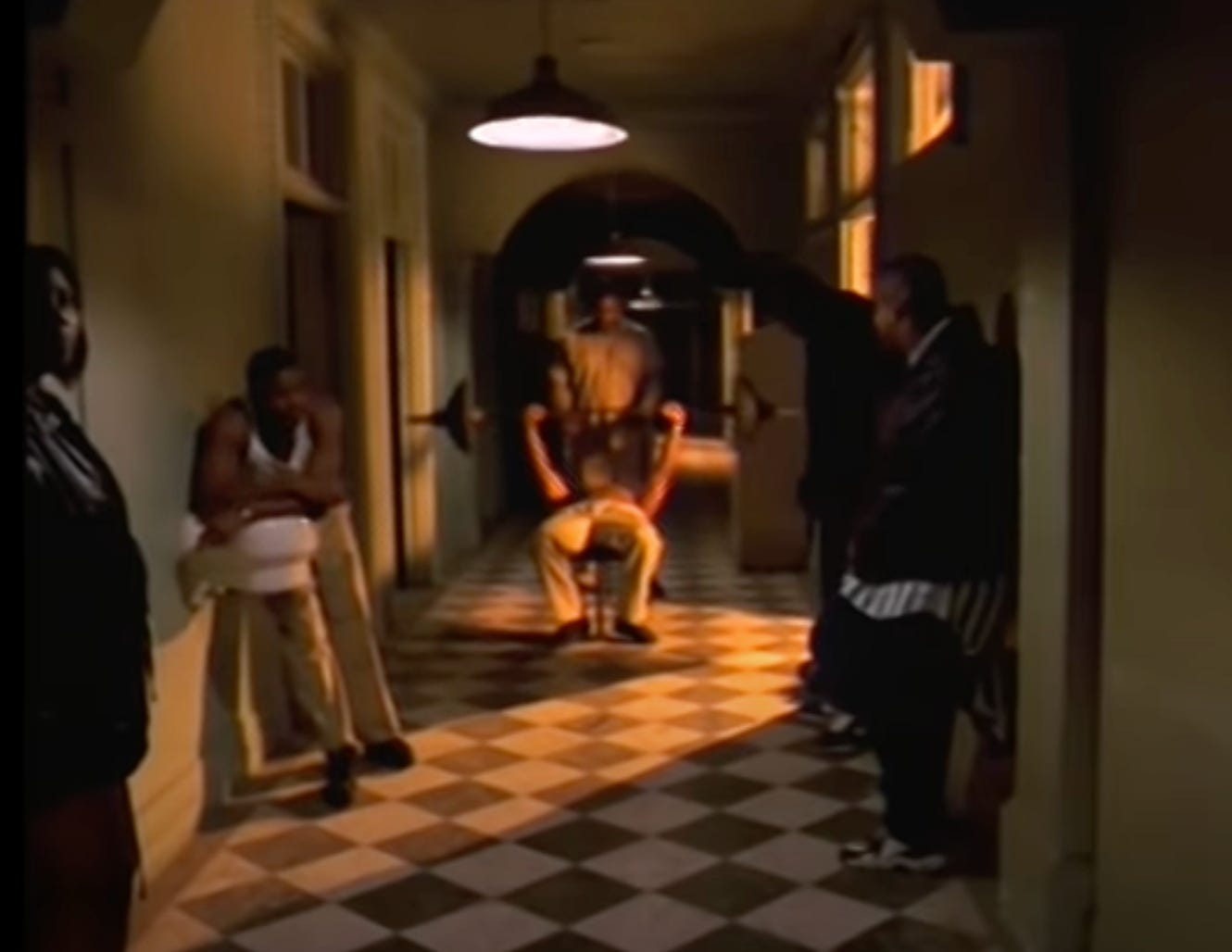
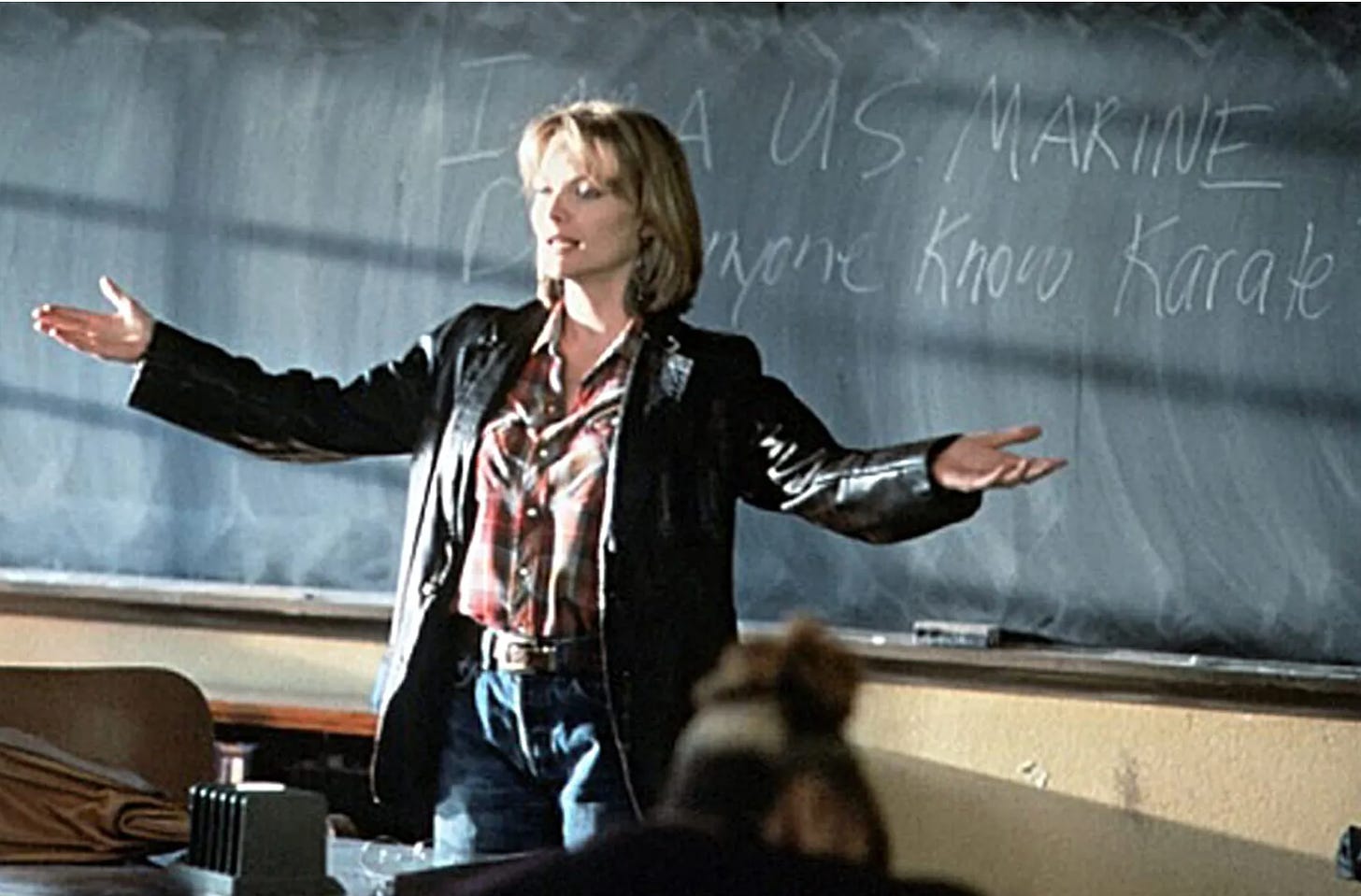
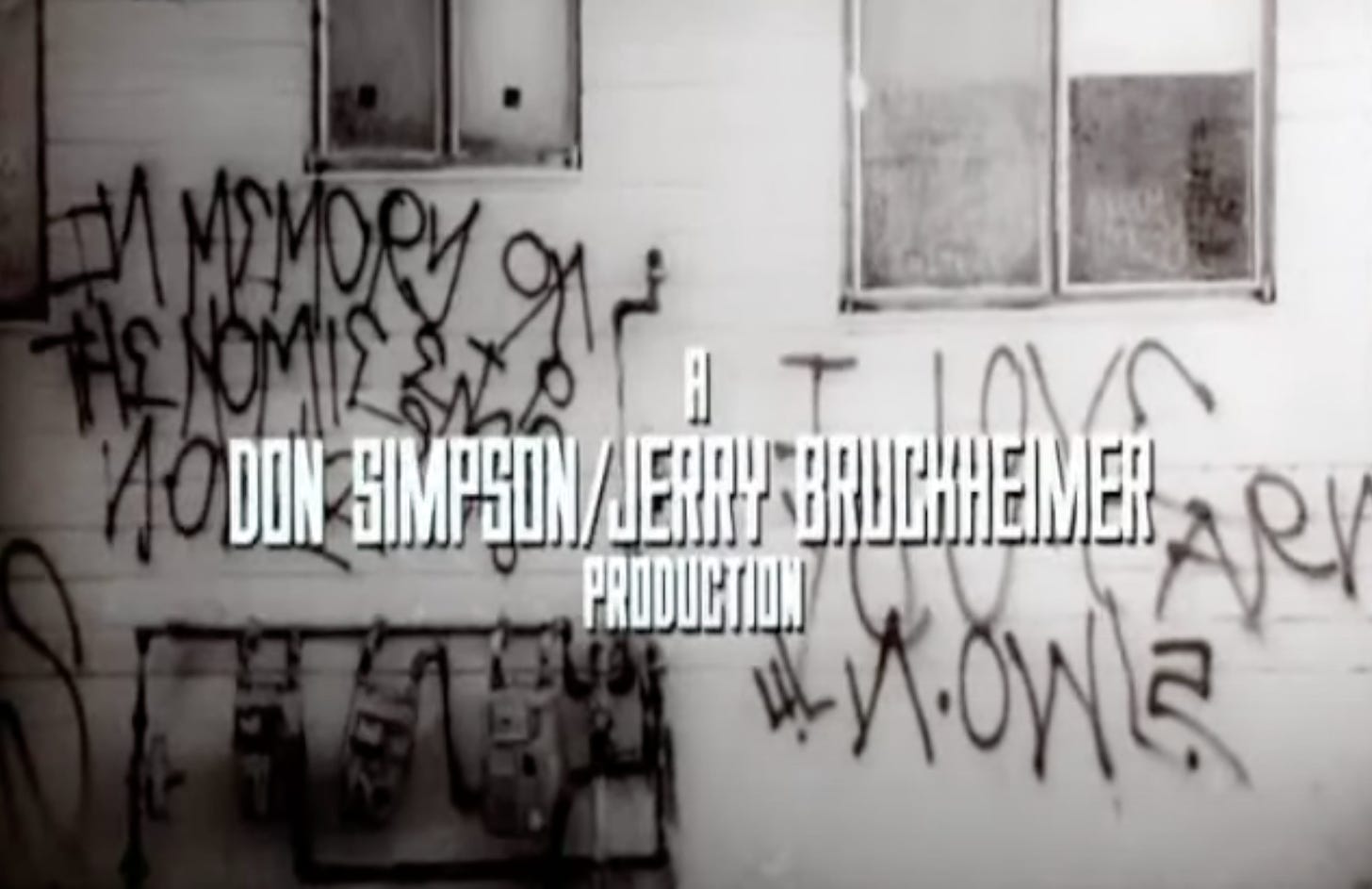
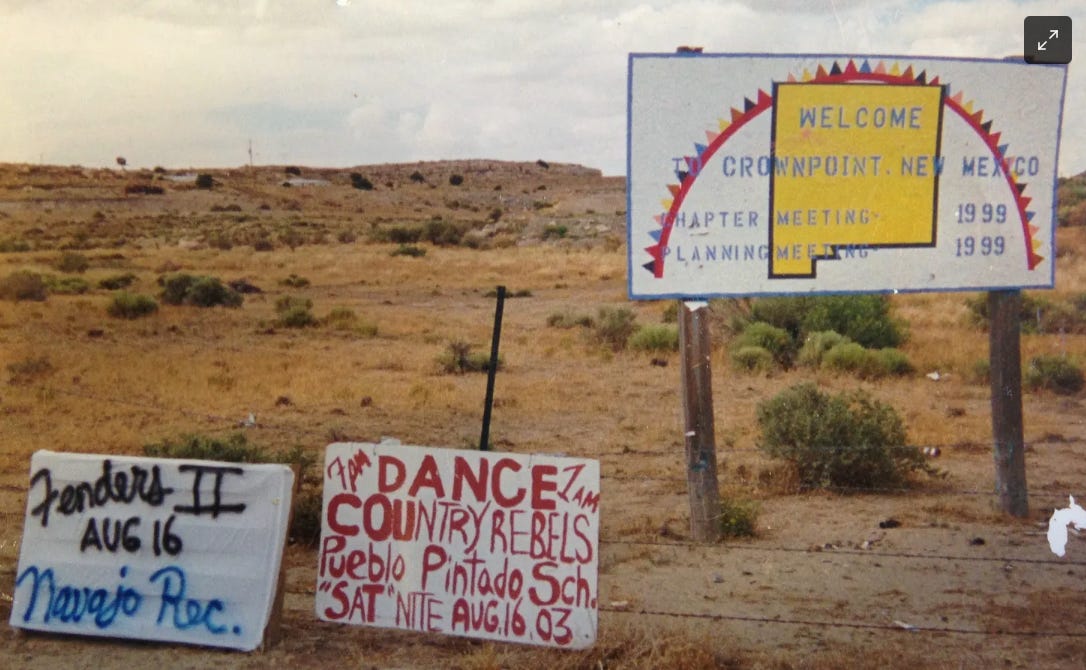
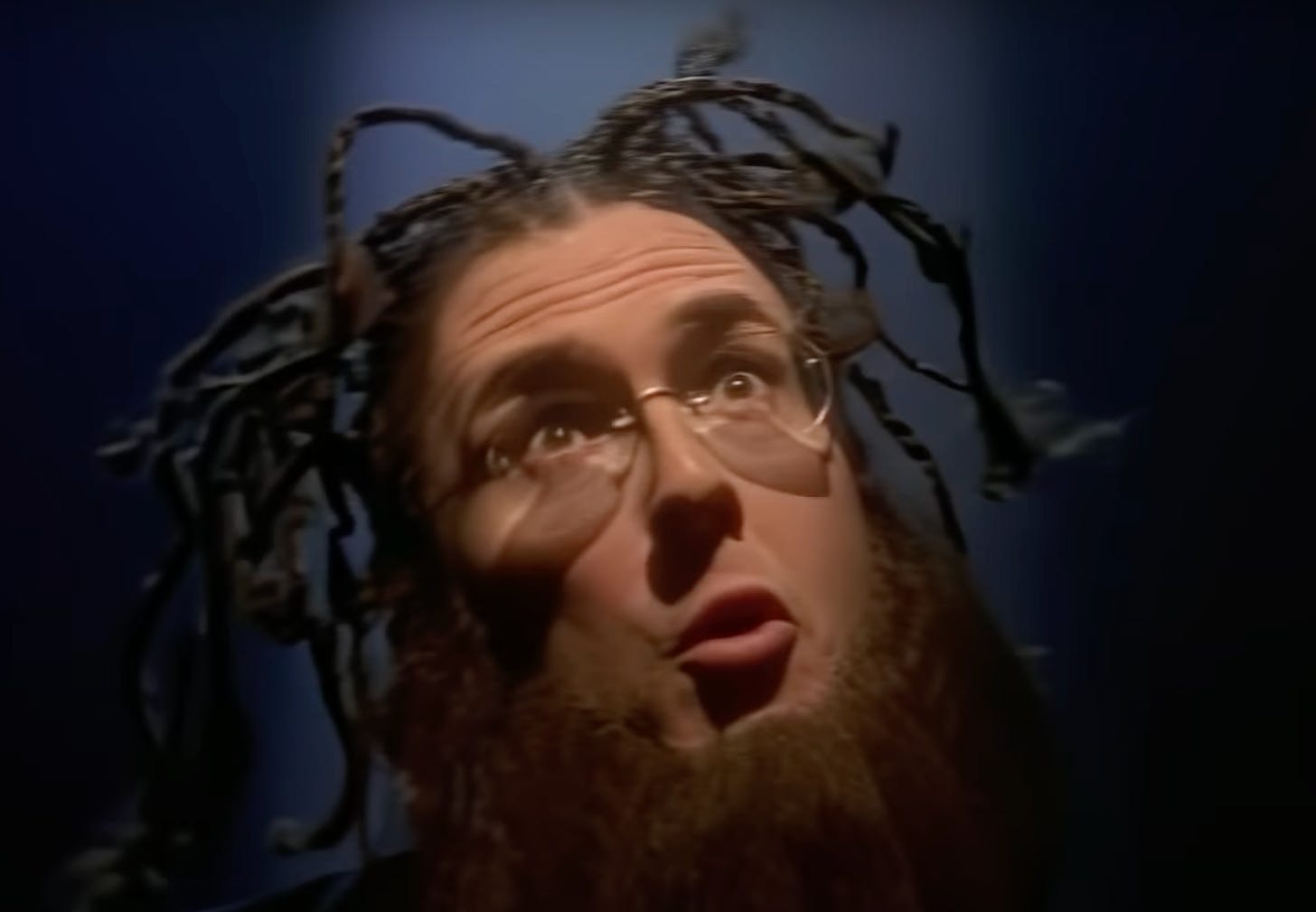
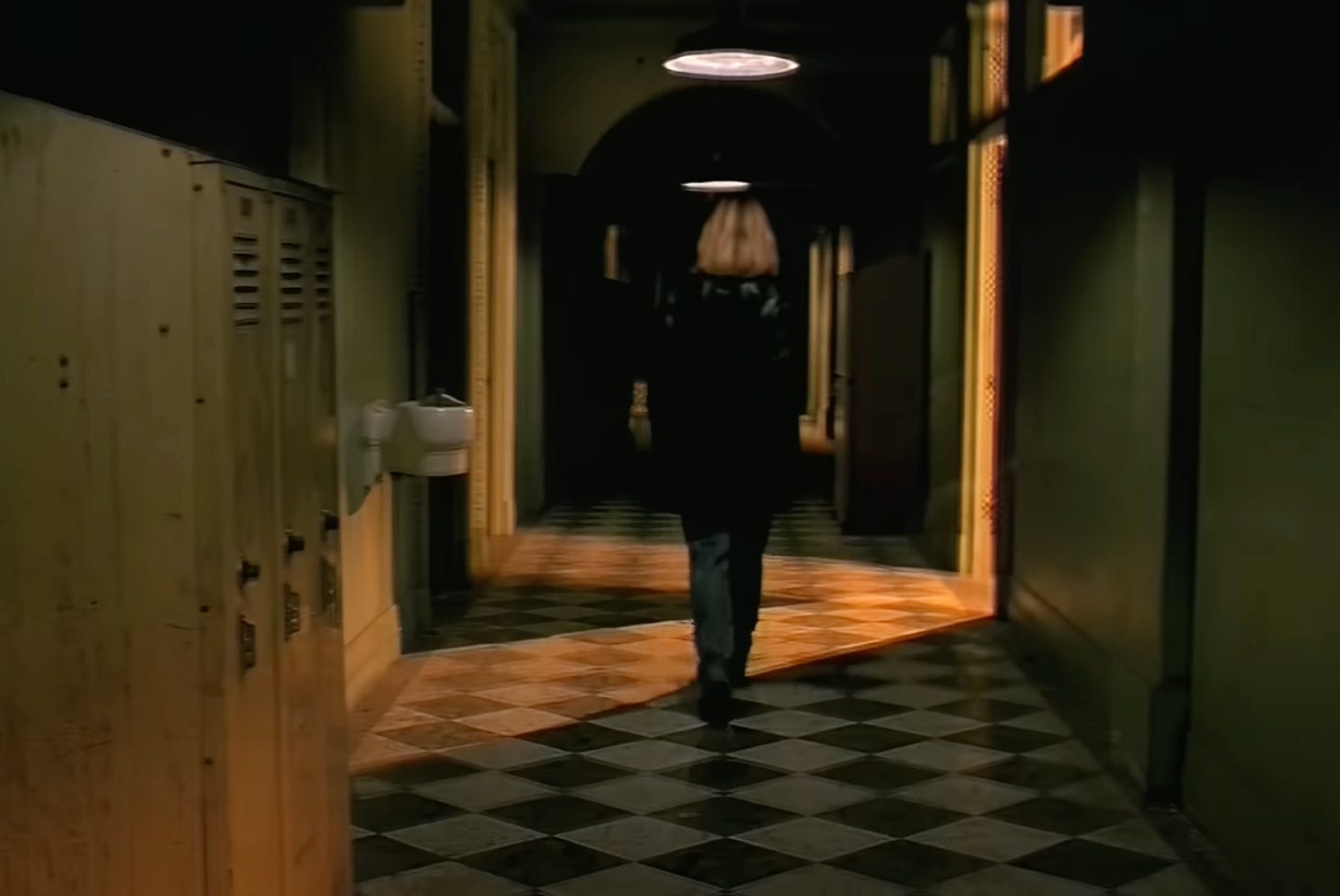
Garrett, This is really good stuff. Thanks for keeping it open. It hit close to home as I am a TFA alum who spent over a decade teaching in Baltimore, DC and Maryland. I cringe out how much I didn’t know and how much I have learned. I still teach students and teachers and I still work for equity- just in a more humble, connected way- and am grateful for this kind of writing that looks at things a little more complexly. Have you read This Here Flesh? Cole’s writing is incredibly moving, and there’s a few lines I keep coming back to that I thought of one I read your work. I’ll share them later when I’m done moving my office.
THIS. This is what I thought of when you proposed this series. It’s so connected to you and - past you, present you, and future you. There’s zero distance between the point and the effect of the point on you and on culture.
It’s the unreliable narratator in its highest and best use. In a recent conversation about Journalism, Michael Hobbs made the comment that he’s over the idea that journalists should be non-biased. (Putting aside the fact that it’s impossible to ever fully be that and almost never actually true), the message was essentially that is precisely our bias - our experiences w topics and themes and experiences etc - that make stories matter so much.